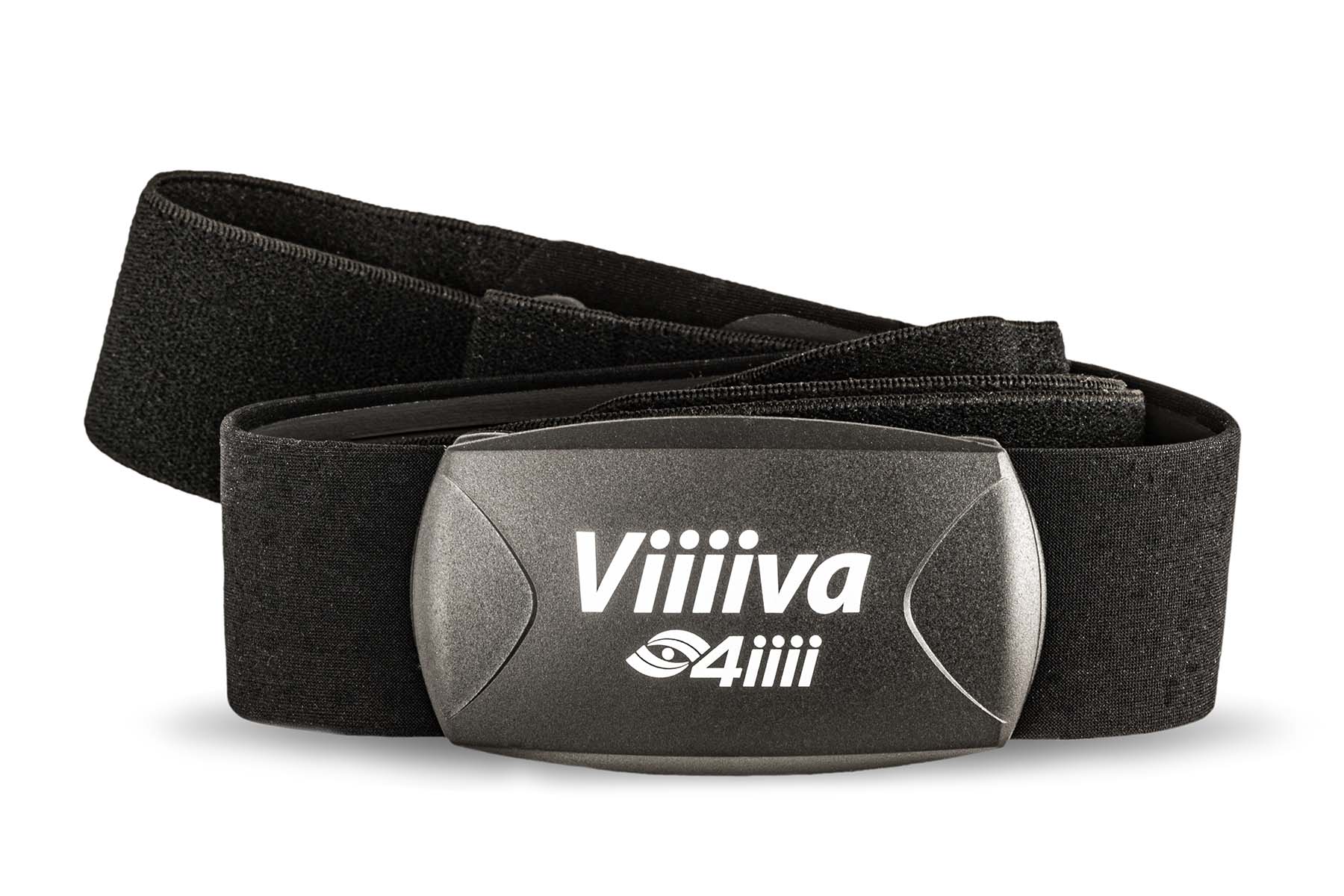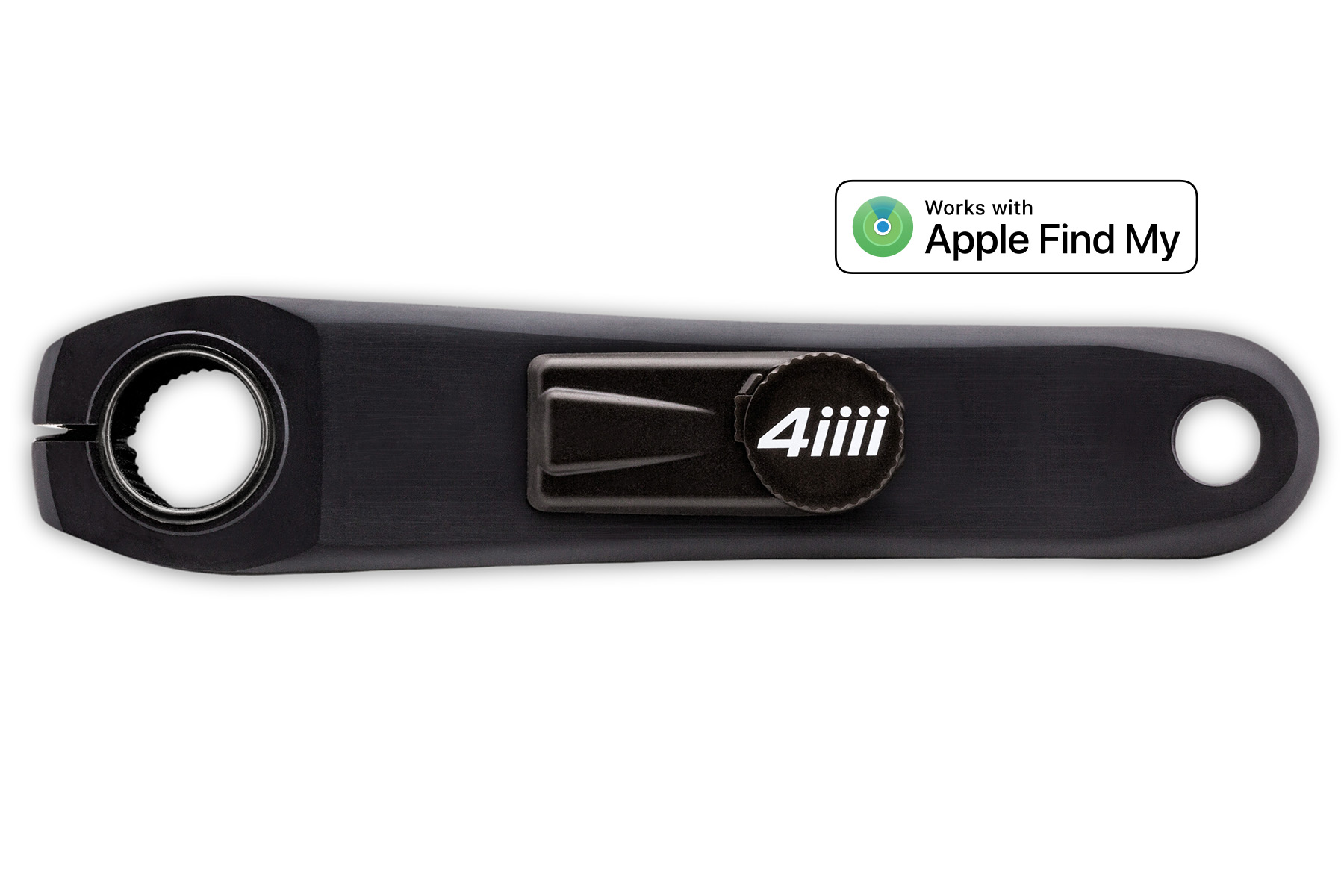Four Reasons to Train With A Heart Rate Monitor
Posted by Andrew Davidson on June 21, 2023
Over the past decade or so power meters have taken the lead as the training tool of choice for those wanting data-driven feedback to support their training and racing ambitions. However, there are still huge benefits to strapping on a heart rate monitor and tracking your beats per minute, which our Viiiiva heart rate monitor has been doing for years. Here are our four reasons you can benefit from starting or continuing to train with a heart rate monitor!
1. A budget-friendly entry point to structured training
If you’re just getting into the world of training for cycling or running, and looking for an affordable training tool to aid you in your journey, a heart rate monitor is a fantastic starting point! Before power meters were widely available for bikes, a heart rate monitor was the go-to for designing and monitoring training and racing activities. Being able to determine and understand your various training zones, based on your specific heart rate parameters such as resting and max heart rate, will give you the structure to start building toward your fitness goals. While heart rate may not be quite as accurate of a reference point as a power meter is for cycling, due to things like diet/sleep/fatigue that can affect it, it’s still considered a highly beneficial guideline. There are several features of our Viiiiva heart rate monitor that make it even more of a valuable starting point:
-
Activity Logging: You can not only view your data in real-time, but also save up to 65 hours of data on the Viiiiva and transfer it to another device or application.
-
ANT+ Sensor Bridge: Lets your Viiiiva collect data from other ANT+ sensors and transfer it via Bluetooth to your iOS or Android smartphone.
-
Fitness Equipment Pairing: Enables you to pair Viiiiva with cardio equipment in the gym for real-time logged data.
2. A more complete picture of your health and fitness than a power meter alone.
Aside from the obvious difference between a power meter and a heart rate monitor, in that the first measures wattage (W) output from your legs, while the latter measures your heart rate in beats per minute (bpm ), there’s another valuable way to think of these different data sets. Power can be viewed as how hard you are working, while your heart rate is a reflection of your body’s response to the workload. For example, if a rider who’s just starting out can comfortably sustain 180W at 140bpm , after a few months of riding and an increase in fitness they may notice they can now hold 180W at 130bpm . The combination of data is revealing that the rider is becoming more efficient on the bike as their aerobic capacity develops.
Another notable comparison between the two is noting how quickly your heart rate responds to changes in power output. Typically, when you are well-rested your pulse will react quite quickly as you apply more or less power. In contrast, when you’re heavily fatigued, it often takes longer for your heart-rate to rise with an increase in effort and it may not reach the same peak numbers it would otherwise. Being able to compare how power and heart rate are corresponding can help you monitor when your body may be in need of a few recovery days.
3. You can cross-reference it between activities, like cycling and running.
Whether you’re a triathlete, a duathlete, a cyclist who dabbles in running or a runner who dabbles in cycling, a heart rate monitor is a versatile training tool that serves both activities. Unfortunately, when you hop off your bike you have to leave your power meter behind with it, but not so with a heart rate monitor! You’ll be able to track and compare data from the two activities and build an understanding of what the comparative efforts on-bike and off-bike feel like.
4. A great tool for ensuring easy/recovery rides are easy.
When it’s time to take your foot off the gas in your training and allow your body some much-needed recuperation, monitoring your heart rate is a perfect way to ensure you’re keeping your easy rides or runs easy. Heart rate monitors are particularly useful for situations where the level of intensity is kept relatively stable, such as longer, lower-intensity endurance or base training rides
As noted earlier, your heart rate is a reflection of your body’s response to workload, so keeping an eye on your bpm while doing an active recovery session is probably the most important data to take note of. As any knowledgeable coach will tell you, recovery is when true gains are made from the hard work you’ve put in, so committing to taking your easy days as easy as they’re supposed to be is the quickest path to your fitness goals!
Learn more about the Viiiiva heart rate monitor.





